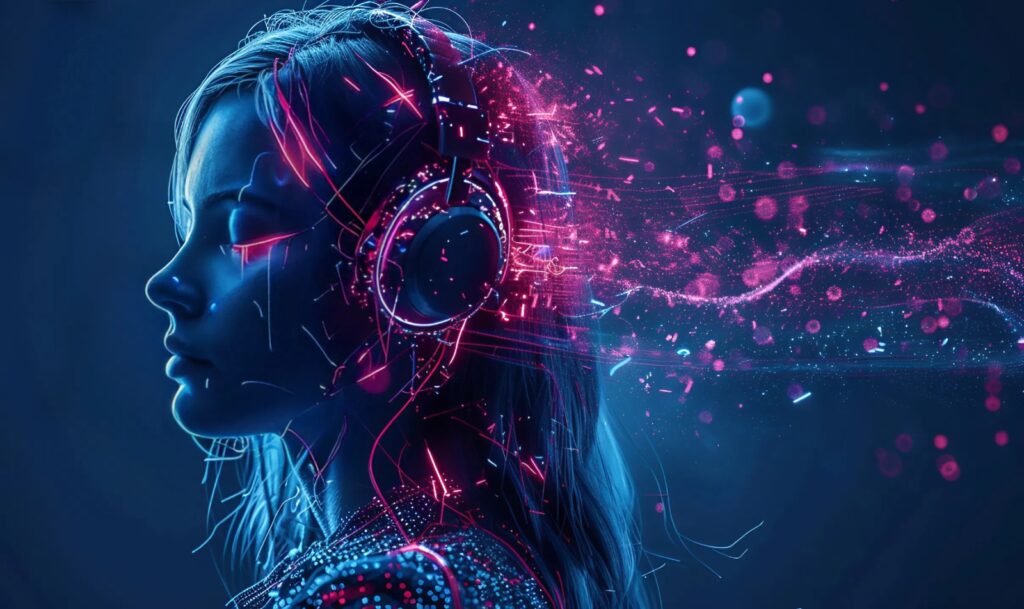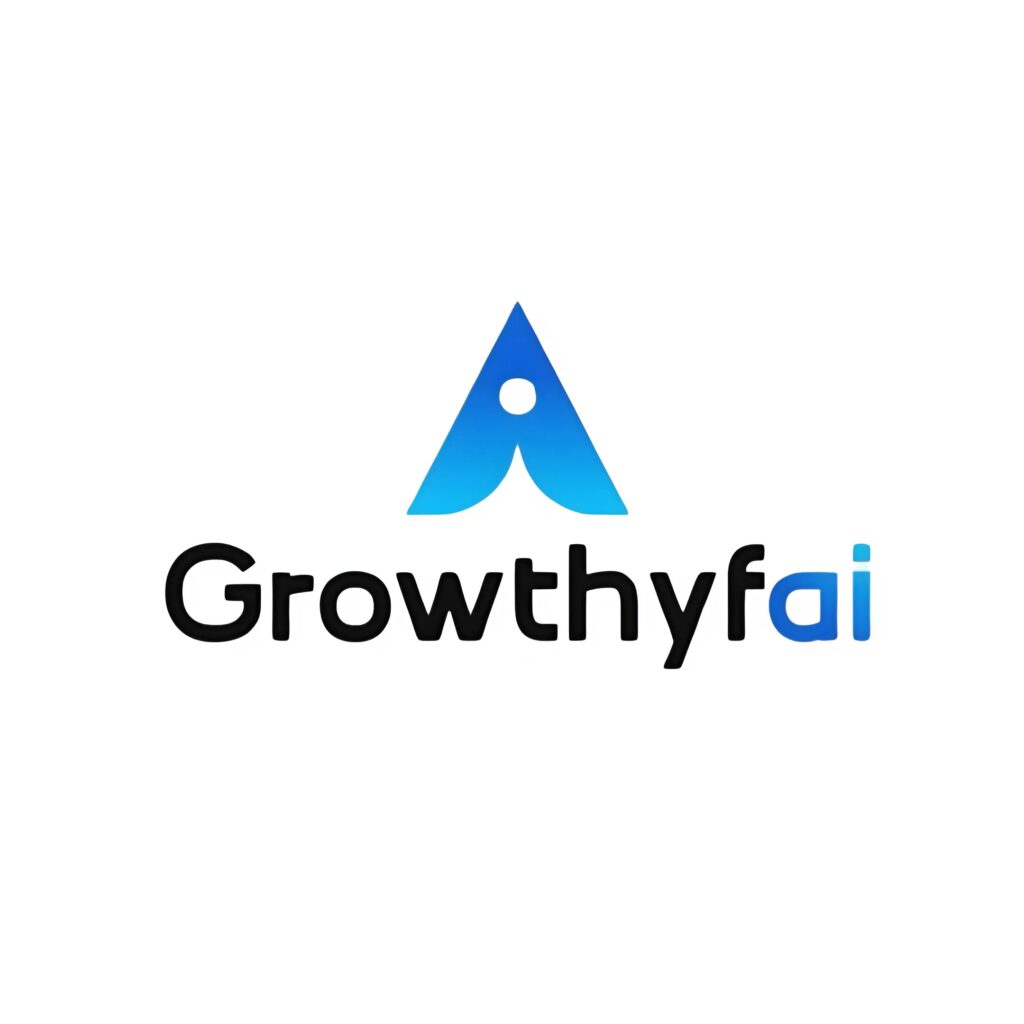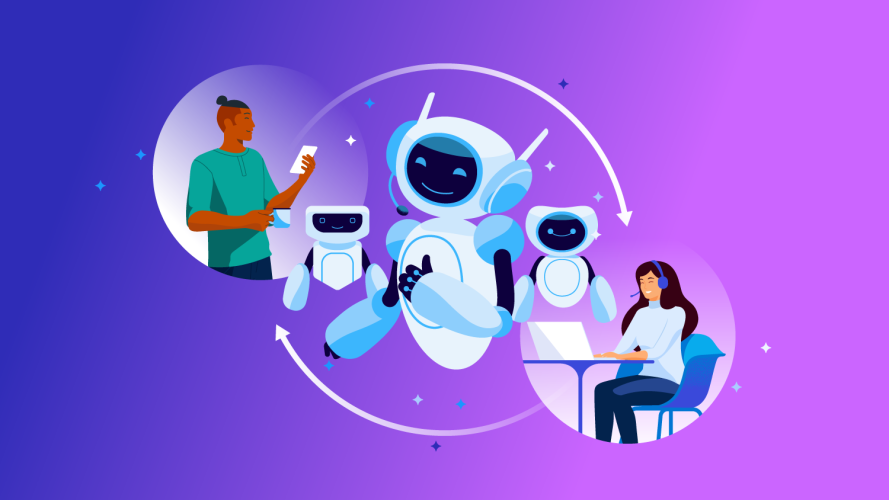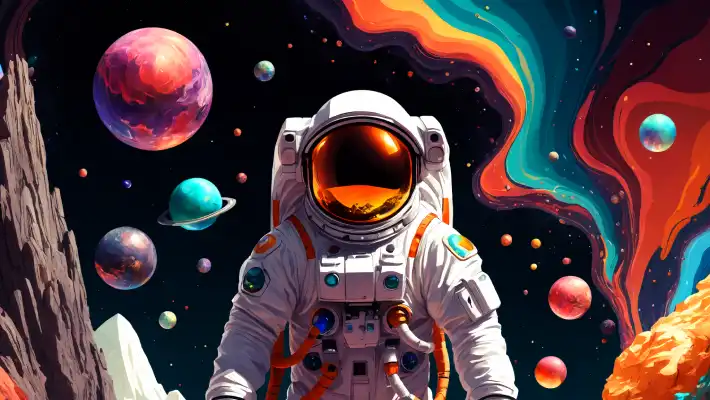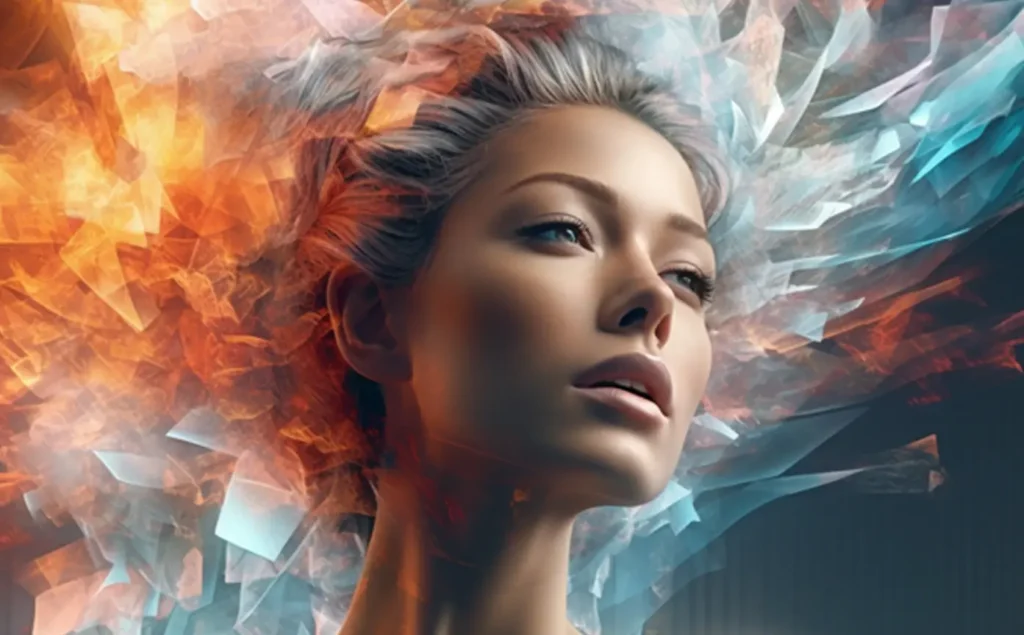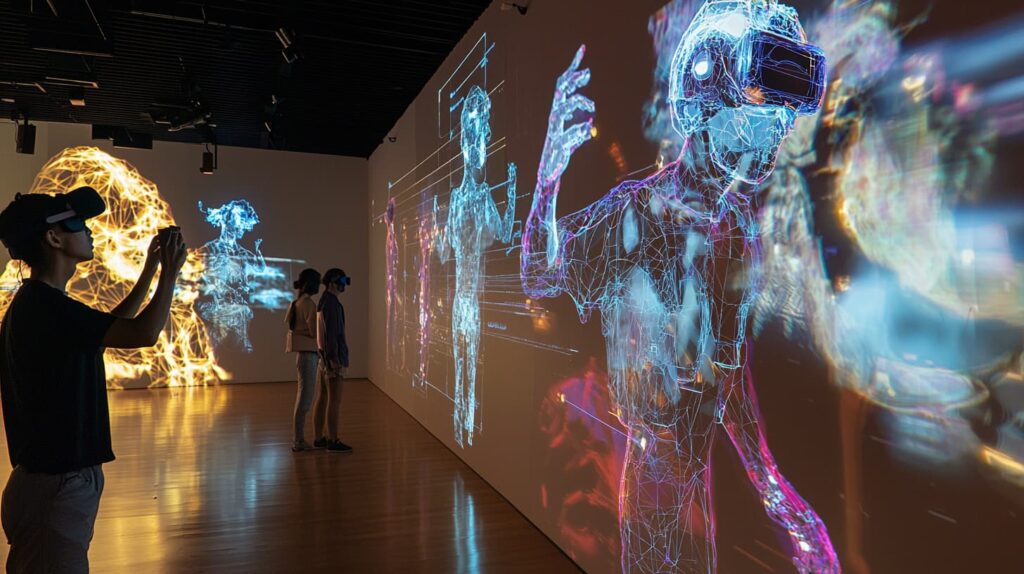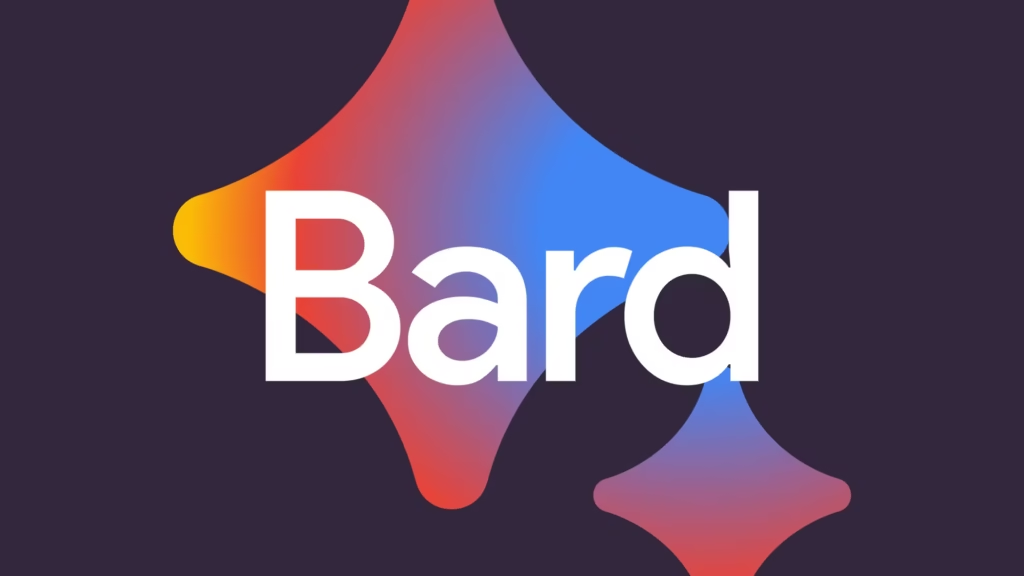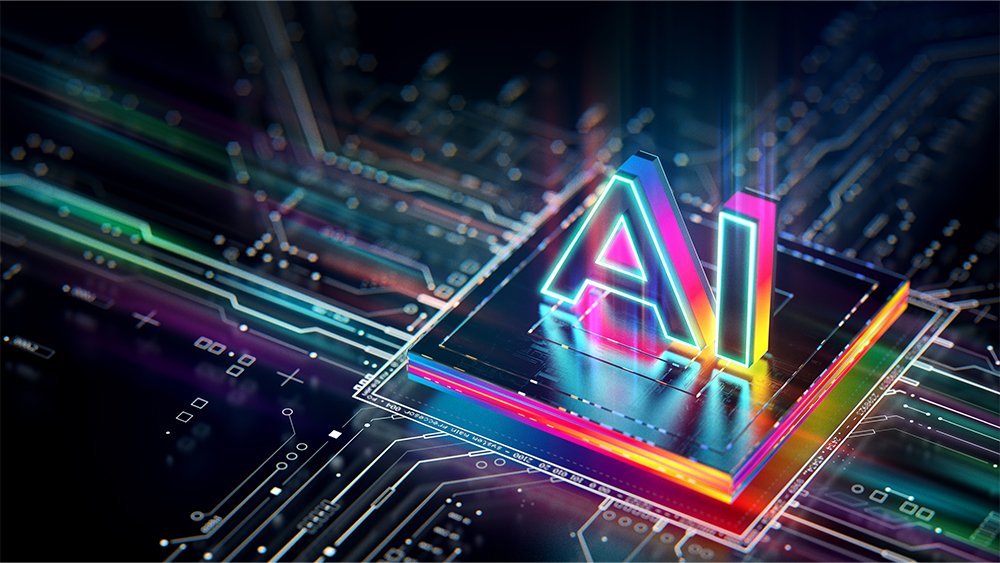The Rise of AI Art Curators: Redefining Creative Expression

In the contemporary art world, a new phenomenon is making waves and creating a paradigm shift in how we perceive and curate art: artificial intelligence (AI). This technological marvel is no longer just a tool for automating tasks but has evolved into an influential participant in the artistic process. As AI art curators rise in prominence, they are redefining creative expression, challenging the boundaries of traditional art curation, and unlocking new possibilities for artists and audiences alike.
—
Understanding AI Art Curation
AI art curation involves employing artificial intelligence algorithms to select, organize, and present art in a coherent and meaningful manner. This emerging field combines the analytical capabilities of AI with artistic intuition, aiming to enhance the art curation process and introduce innovative perspectives. AI art curators are designed to understand artistic concepts, styles, and historical contexts, allowing them to curate collections that resonate with diverse audiences.
The Inspiration Behind AI Art Curators
The motivation to develop AI art curators stems from the growing volume of digital art and the need to efficiently manage vast collections. With millions of artworks being created and shared daily, traditional curators face challenges in sifting through the abundance of creations. AI, with its ability to process large datasets, offers a solution by swiftly categorizing and curating art based on predefined criteria or learning from patterns and trends.
—
Examples of AI Art Curators in Action
Several pioneering projects highlight the potential of AI art curators in reshaping the curation landscape. Notable examples include:
– The Obvious Art Collective: Known for their AI-created artwork that sold for a staggering $432,500 at auction, this collective leverages AI algorithms to generate and curate art that challenges the notion of authorship and originality in art.
– Artpi: An AI-powered art curation platform, Artpi uses machine learning to suggest artworks to users based on their preferences and viewing history. This personalized approach fosters deeper engagement between audiences and art.
– Google Arts & Culture Lab: Utilizing AI, this platform analyses global art collections, uncovering connections between disparate artworks and presenting them in a curated format. This approach enriches the viewers’ experience by revealing hidden narratives.
Redefining the Role of the Curator
The integration of AI into art curation raises fundamental questions about the role of the curator. Traditionally, a curator’s expertise is rooted in deep knowledge of art history, cultural context, and aesthetics. With AI entering the picture, the curator’s role can expand from being the sole gatekeeper to collaborating with technology to offer more dynamic and expansive art experiences. AI can undertake the tedious task of categorizing and organizing art, thereby allowing human curators to focus on creative storytelling and contextual interpretation.
—
Benefits of AI Art Curation
The rise of AI art curators presents several advantages:
– **Efficiency and Scale**: AI can analyze thousands of artworks in seconds, making large-scale exhibitions more feasible and allowing curators to handle vast art collections with ease.
– **Unbiased Selection**: AI could potentially remove human bias from the curation process, ensuring that artworks are selected based on merit or innovative qualities rather than personal preferences or biases.
– **Diverse Perspectives**: By analyzing a wide array of data from different cultures and time periods, AI can offer fresh perspectives and create cross-cultural connections that may not be immediately apparent.
Challenges and Considerations
While AI offers significant benefits, it is not without challenges. Ethical concerns arise around the role of AI in the creative domain. Questions about authenticity, originality, and the value of human emotion in art are paramount. There is a risk that over-reliance on AI might lead to homogenized art experiences, where the nuances of human judgment are diluted.
Moreover, AI systems are only as good as the data they are trained on. Biases in training data could inadvertently influence the curation process, reinforcing stereotypes or excluding certain artistic genres or cultures.
—
Conclusion
The emergence of AI art curators marks a transformative moment in the intersection of technology and art. By enhancing traditional art curation methods with AI’s analytical prowess, the art world is poised for a new era of creative expression. While AI can never fully replace the nuanced eye of a human curator, its potential to democratize art curation, offer diverse perspectives, and manage vast collections cannot be overlooked. As we navigate these uncharted waters, a harmonious balance between AI innovation and human creativity will be essential in shaping the future of art.

